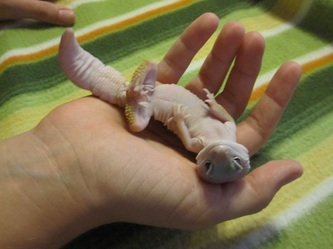Klogue1
New Member
- Messages
- 183
Is it true that if you hold a lizard upside down, it can't breathe/crushes it's organs? I think it's true but can anybody provide me a knowledgeable source? Edit: I couldn't find any when I googled a bunch of different stuff.
Just so you guys know I do NOT intend to try this myself, anyways. I'm just trying to let a friend know that she shouldn't do this but she doesn't believe me I want to be sure it doesn't hurt the gecko.
I want to be sure it doesn't hurt the gecko.
Just so you guys know I do NOT intend to try this myself, anyways. I'm just trying to let a friend know that she shouldn't do this but she doesn't believe me

